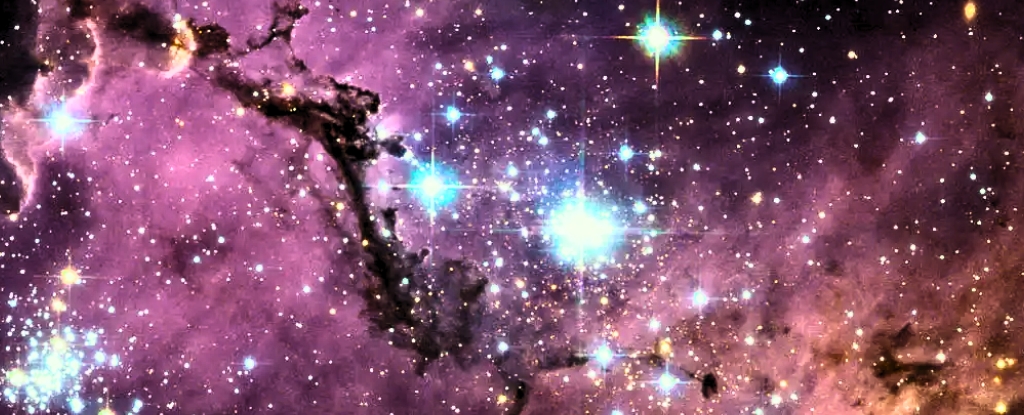
Astronomers have identified a remarkable star, designated SDSS J0715-7334, which is considered the closest known pristine star, possessing an exceptionally low metallicity. Located in the halo of the Large Magellanic Cloud, this red giant star offers insights into the early stages of star formation and the composition of the universe shortly after the Big Bang.
Understanding the Characteristics of SDSS J0715-7334
The significance of SDSS J0715-7334 lies in its composition. The star contains so little metal that its metallicity is ten times lower than that of the most primordial galaxies observed. In astronomical terms, “metals” refer to any elements heavier than hydrogen and helium, which were the primary elements created during the Big Bang. As stars age and die, they produce heavier elements, enriching the gas and dust around them.
By analyzing the specific abundances of elements such as carbon, magnesium, and iron in relation to hydrogen, researchers can infer the mass of the star from which SDSS J0715-7334 originated. If this star is indeed a second-generation star, it likely formed from the remnants of a supernova explosion of a star around 30 solar masses, which is relatively small in cosmic terms.
Another intriguing finding is the star’s low carbon abundance. Typically, larger stars efficiently produce carbon, nitrogen, and oxygen through the helium-burning CNO fusion cycle. The unexpected scarcity of carbon in SDSS J0715-7334 suggests the presence of cooled dust in its formation region, a critical component necessary for the creation of smaller stars in the early universe.
Implications of the Discovery
The motion of SDSS J0715-7334 within the Large Magellanic Cloud indicates that it formed in the galaxy’s halo and is not merely a transient visitor. This suggests the potential existence of more such pristine stars in our cosmic neighborhood, allowing astronomers to compare their observations of local stars with those of distant galaxies.
This research, highlighting the characteristics and significance of SDSS J0715-7334, has been submitted to arXiv and is currently awaiting peer review. The findings were initially published by Universe Today, emphasizing the ongoing exploration of our universe’s origins and the formation of stars.
The discovery of SDSS J0715-7334 not only sheds light on the early universe but also opens avenues for further research into the formation of stars and galaxies, enhancing our understanding of cosmic evolution.







